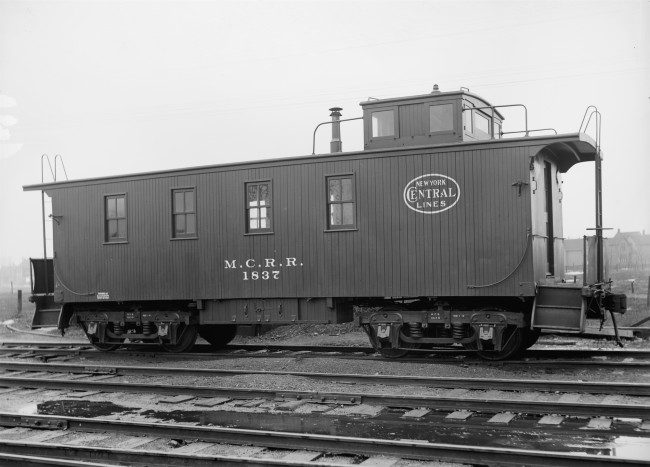Inducted 2006
Caboose creates the image of the “little red caboose” or the trainmen’s home away from home, trainmen walking across the swaying car tops to communicate with the head car or setting handbrakes. Formerly, trainmen lived in these cars for days on long runs or during layovers at a terminal. It was the original house trailer that contained the conductor’s office, living room, kitchen, dining room, workshop, bedroom, den and toilet.
The first caboose was the only last boxcar of a passenger-freight train on the Auburn and Syracuse line. From this car, the 1840s conductor Nat Williams ran his train. He kept flags, lanterns, chains, tools, rope etc., wrote his reports and ate his meals in this car. It was not until 1885 that the word “caboose” was used to refer to the conductor’s cars.
The most widely accepted version of the origin of the caboose credits its invention to T.B. Watson, a Chicago & North Western freight conductor. In 1863, Watson was given a boxcar with a hole in the roof. He ended up piling boxes below the hole so that he could look out and view the train and surrounding area. When he arrived in Clinton, he persuaded the company’s master mechanic to include a crow’s nest in the new cars.
Until recently, the caboose was used on most railroads. There were thirteen American and two Canadian manufactures and some railways even built their own. Most of the more recently built cabooses were equipped with two-way train radios and contained axle generators to provide electric current for lighting and refrigeration. They also had electric heaters, flush toilets, permanent water tanks and end-of-car cushioning.


